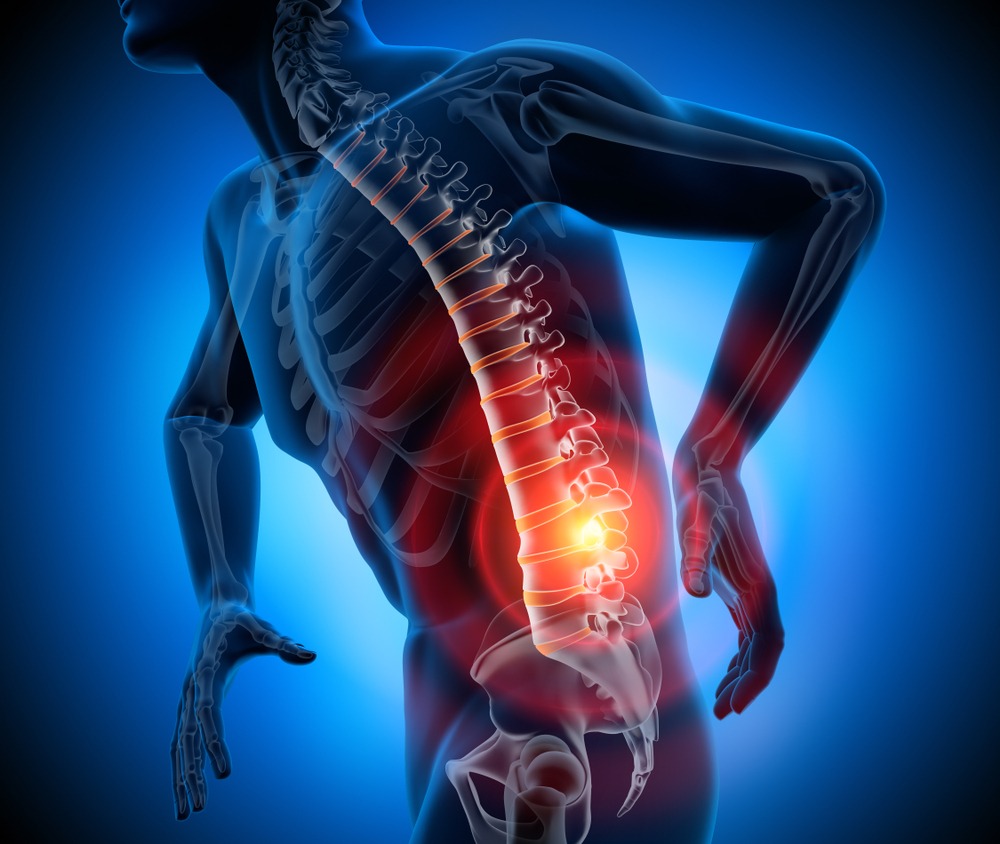Spinal Cord Injuries
Spinal Cord Injuries
A sudden and traumatic impact to the spine that results in herniation, fracture, or dislocation of the vertebrae can dramatically alter your life in a moment. Spinal cord injuries rank among the most severe and potentially life-altering forms of trauma, impacting not just your physical health but also your emotional and financial security.
The majority of spinal cord injuries are preventable and due to causes such as car vehicle accidents, falls, or violence.
38.6% of all spinal cord injuries are a result of a motor vehicle accident.
In the USA alone, approximately 17,810 new cases of spinal cord injuries are registered each year.
Approximately 294,000 people live with spinal cord injuries live in the United States.
Every year, 250,000 to 500,000, people all over the world sustain a spinal cord injury. People with spinal cord injuries experience a massive impact on their mental, emotional, and social state. While scientists believe that advancement in medical science will soon help millions suffering from the issue, we are yet to see an efficient cure for spinal cord injuries. There are modern lightweight wheelchairs and other advanced equipment that improves a patient’s ability to move, but you may have to pay a substantial price. Spinal cord injury patients have two to five times more chances of premature death than people without an SCI.

Common Spine Injuries from Accidents
Problem in sleeping
Depression
Dizzyness or tiredness
Irritability
Headaches from base of the skull
Numbness or tingling in the arms
Limited or complete loss of neck movement
Ringing in the ears
Pain or tenderness anywhere across upper back, arms, or shoulders
Memory or concentration Issues
A herniated disc occurs when the soft, jelly-like center of discs starts leaking through a crack on their tough exterior due to a road accident. This liquid starts surrounding and putting pressure on nerves and nerve roots. Symptoms of the herniated disc include:
Muscle weakness around the affected nerves
Extreme pain radiating from low back or the shoulders to the legs or arms
Numbness or tingling in the arms or legs
Vertebral fractures, like any other fracture, can be of any degree across the vertebrae. While mild fractures may heal without any long-term treatment or by merely resting, major fractures can result in serious issues such as burst fractures, flexion fractures, or vertebral compression fractures. The symptoms of a vertebral fracture include:
Moderate to severe pain as per the degree of fracture
The pain gets worse with movement
Tingling, weakness, and numbness in the limbs
A personal injury accident can result in several different types of paralysis. The severity of the paralysis depends on whether the injury is a complete or incomplete spinal cord injury. The severity of the paralysis also relates to how high on the spinal column that the damages occurs. Generally, the higher the spinal column (closer to the head) the more likely that the paralysis will be severe or catastrophic. This is not to say that lower damage on the spinal column (towards the pelvis) is not catastrophic, because it is, but the most severe types of paralysis occur in injuries to the neck.
For instance, the most common types of paralysis include in next tabs:
Quadriplegia is often classified as high or low. High quadriplegia could leave a person with no sensation anywhere below the chin or mid-neck. Low quadriplegia could allow a person to have some sensation in the upper shoulders or arms, but not much else below that. This can affect damages.
Spinal Cord Injury: Signs, Causes, and Prevention
After suffering a spinal cord injury, an individual may or may not be able to control their limbs. Two factors decide whether or not the victim will be able to control their arms, hands, legs, or feet- place, and severity of the injury. In medical terms, the severity of a spinal cord injury is defined through completeness.
Complete Spinal Cord Injury: As the name suggests, when all sensory parts stop functioning, or the ability to control movement is lost below the place of the spinal cord injury, it’s known as a complete injury.
Incomplete Spinal Cord Injury: On the contrary, when some sensory or movement function is still present, it’s classified as an incomplete injury.

